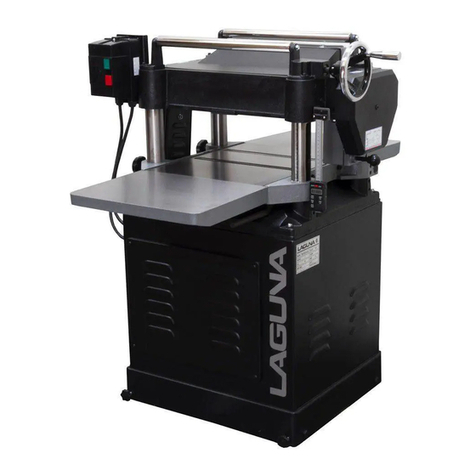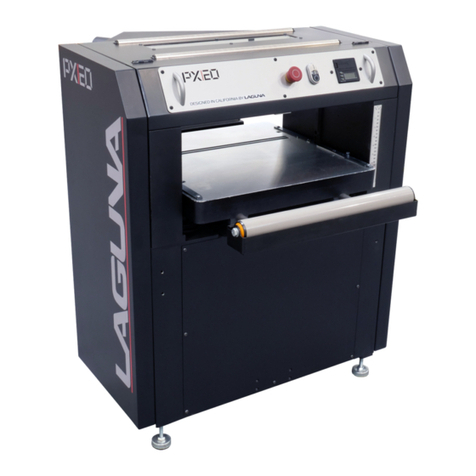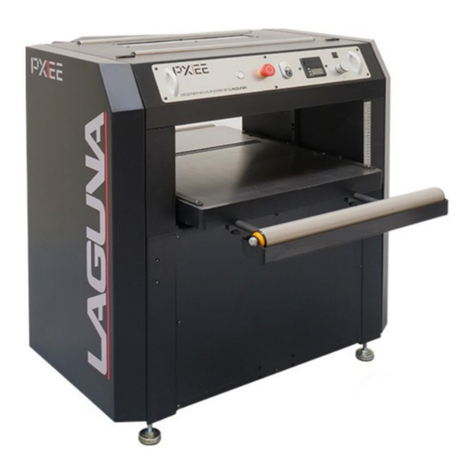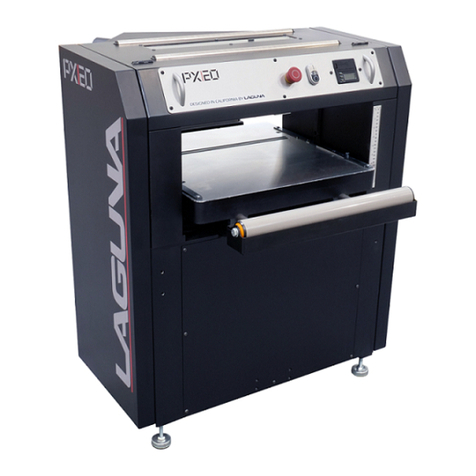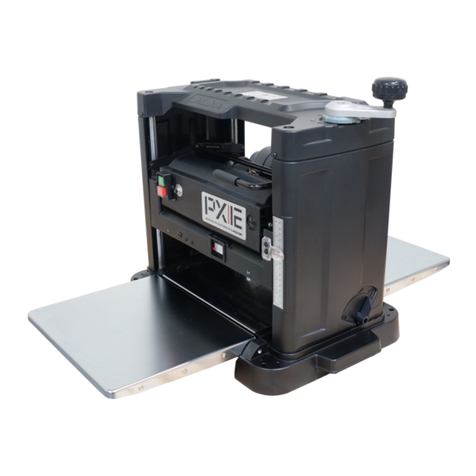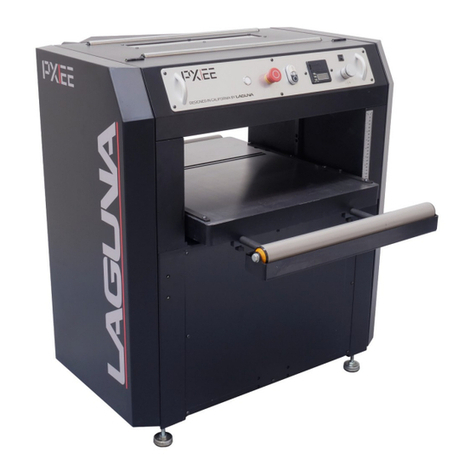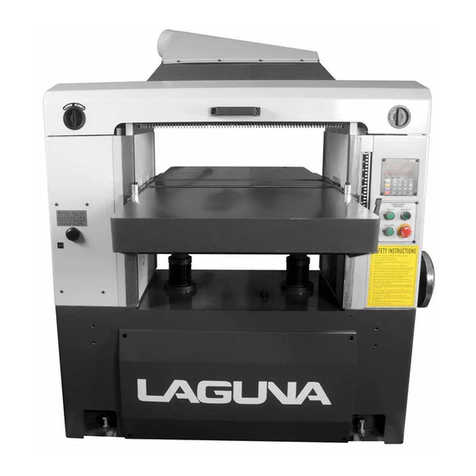6. Do not pull or carry by cord, use cord as a handle, close a door on cord, or
pull cord around sharp edges or corners. Do not run appliance over cord. Keep
cord away from heated surfaces.
7. Do not unplug by pulling on cord. To unplug, grasp the plug, not the cord.
8. Do not handle plug or appliance with wet hands.
9. Do not put any object into openings. Do not use with any opening blocked;
keep free of dust, lint, hair, and anything that may reduce air flow.
10. Keep hair, loose clothing, fingers, and all parts of body away from openings
and moving parts.
11. Turn off all controls before unplugging.
12. Use extra care when cleaning on stairs.
13. Do not use to pick up flammable or combustible liquids, such as gasoline,
or use in areas where they may be present.
14. Connect to a properly grounded outlet only. See Grounding Instructions.
SAVE THESE INSTRUCTIONS
1. Read and understand the warnings posted on the machine and
in this manual. Failure to comply with all of these warnings may
cause serious injury.
2. Replace the warning labels if they become obscured or removed.
3. This SuperBrush is designed and intended for use by properly trained
and experienced personnel only. If you are not familiar with the proper
and safe operation of this type of machine, do not use until proper
training and knowledge have been obtained.
4. Do not use this machine for other than its intended use. If used for other
purposes, LAGUNA TOOLS INC., disclaims any real or implied warranty
and holds itself harmless from any injury that may result from that use.
5. Always wear approved safety glasses/face shields while using this
machine.
6. Before operating this machine, remove tie, rings, watches and other
jewelry, and roll sleeves up past the elbows. Remove all loose clothing
and confine long hair. Non-slip footwear or anti-skid floor strips are
recommended.
7. Wear ear protectors (plugs or muffs) during extended periods of
operation.
8. Some dust created by power sanding, sawing, grinding, drilling and
other construction activities contain chemicals known to cause cancer,
birth defects or other reproductive harm. Some examples of these
chemicals are: (next page)
